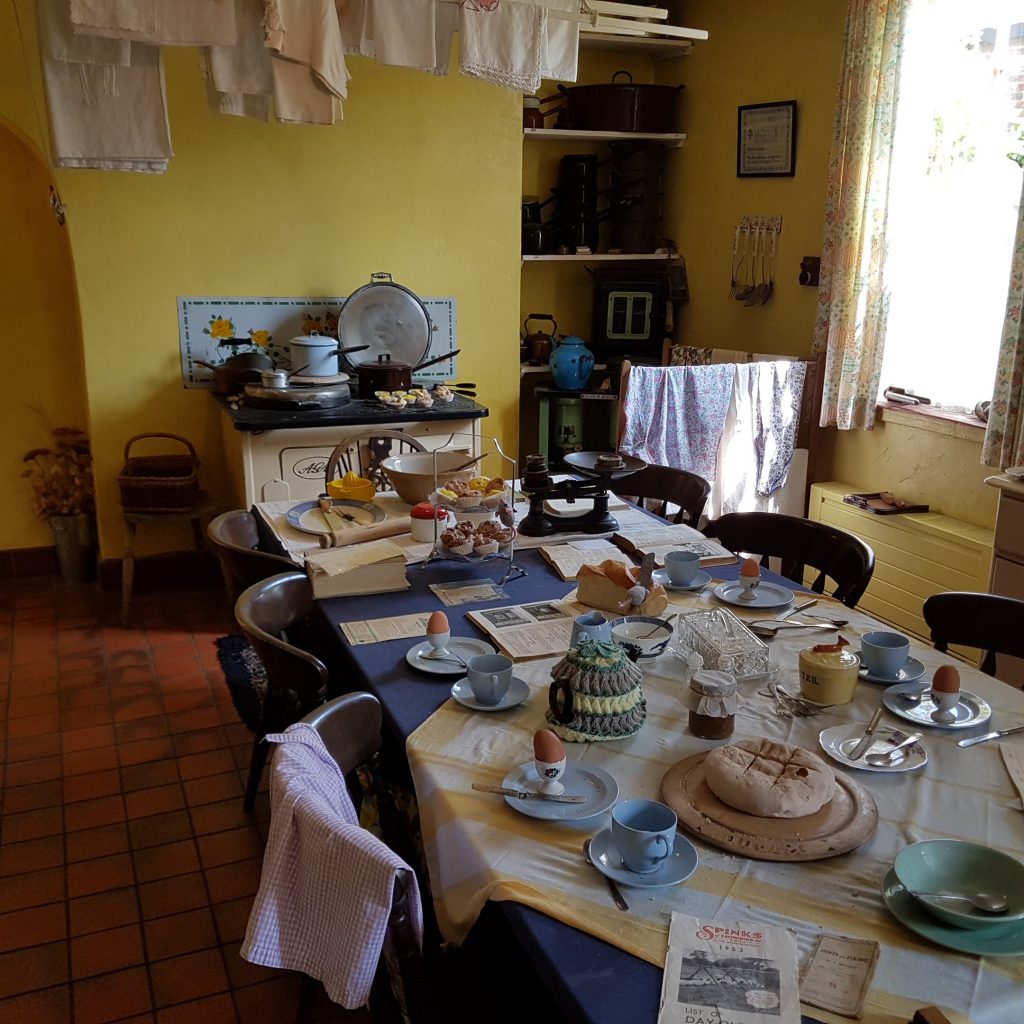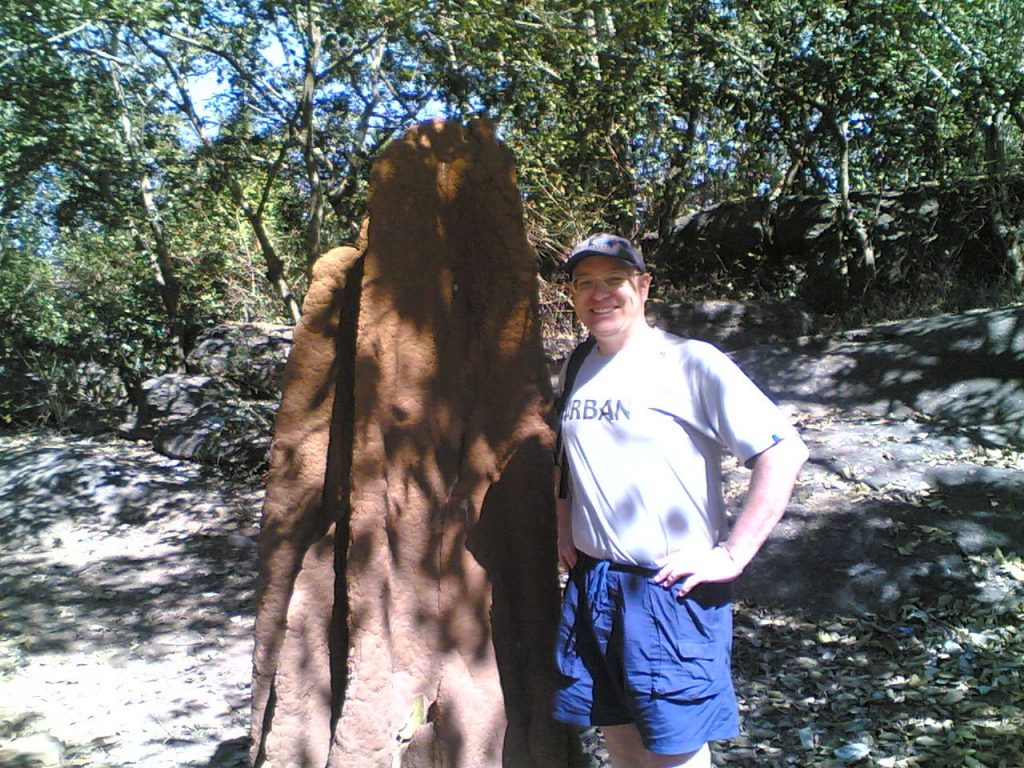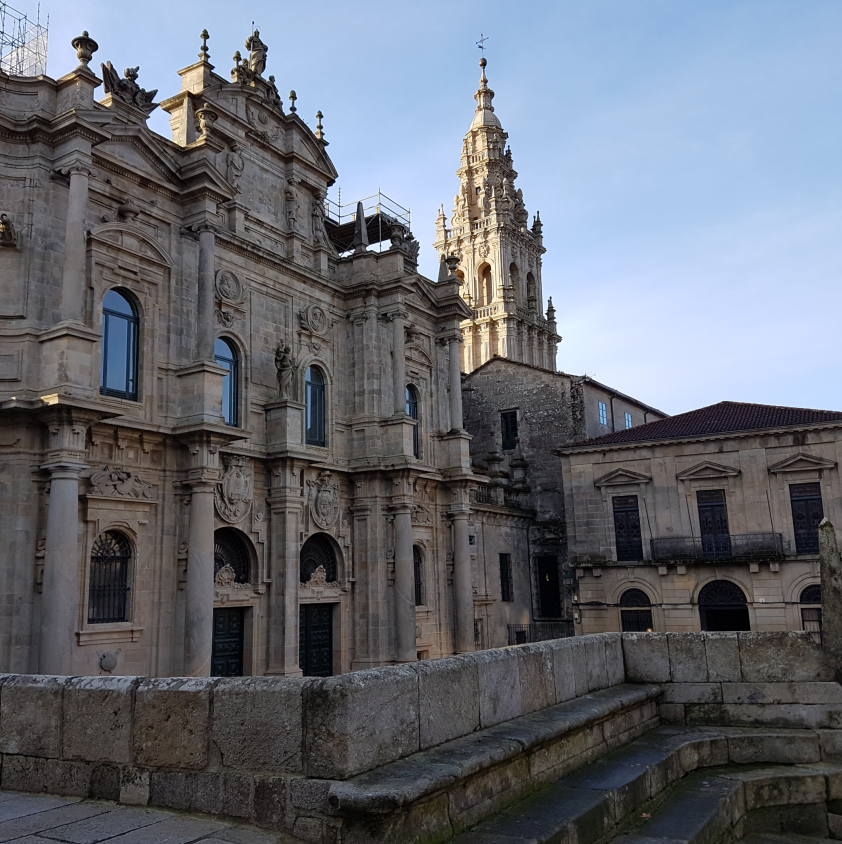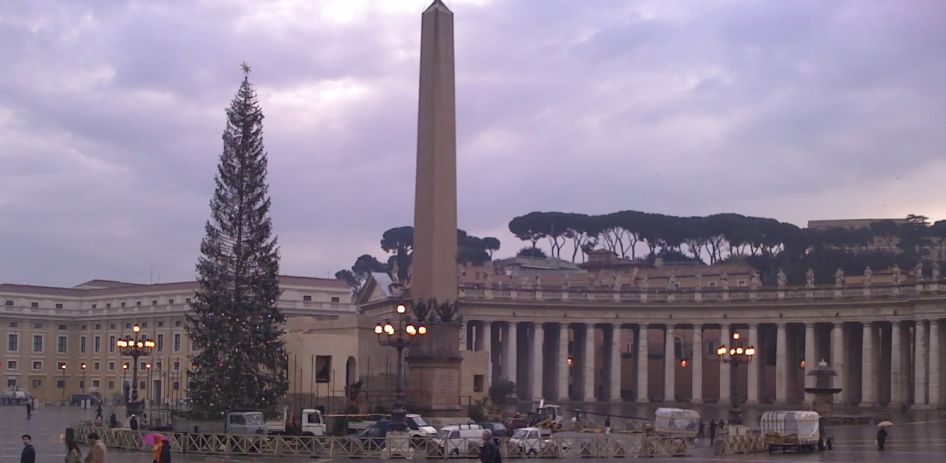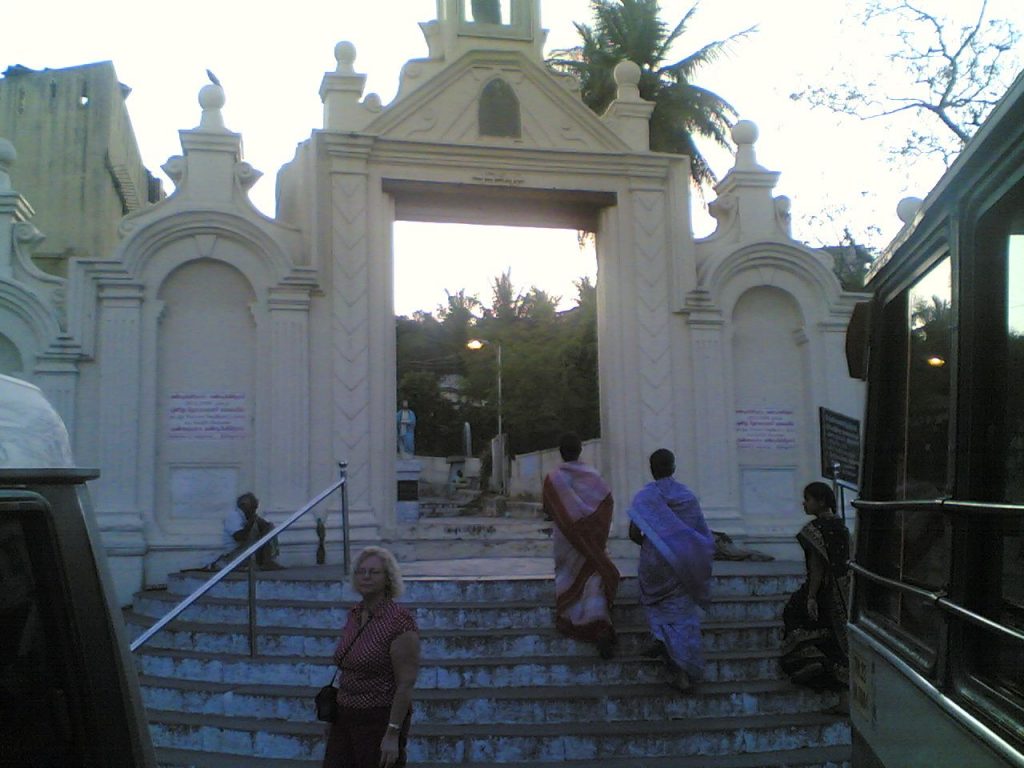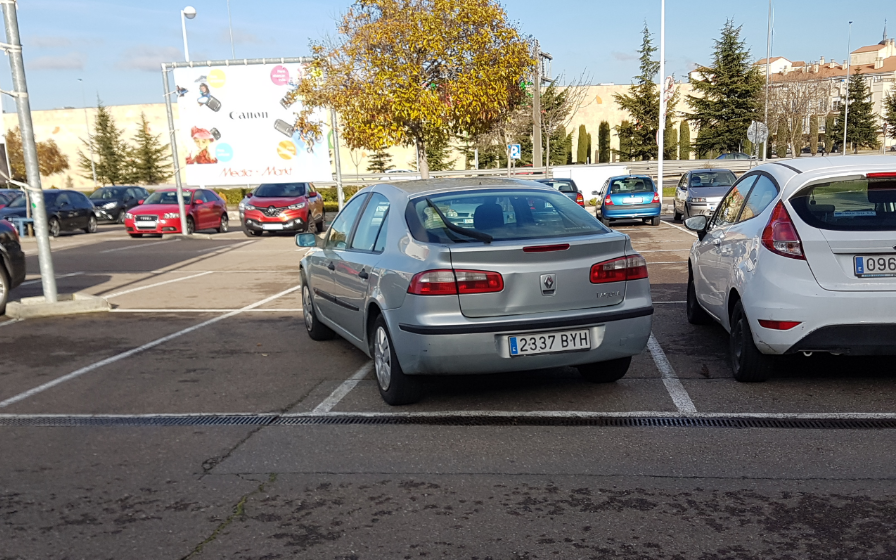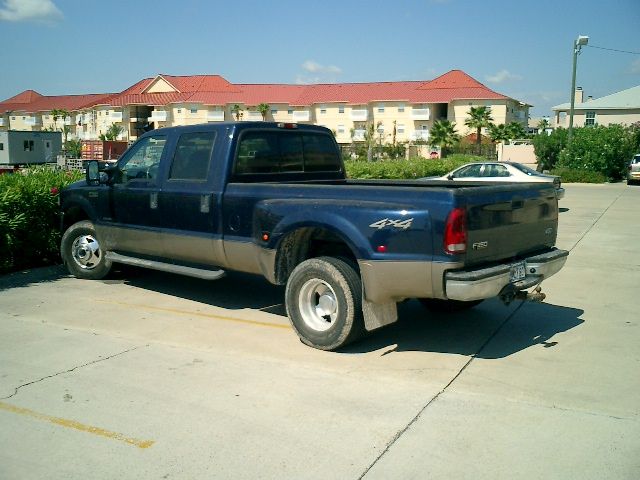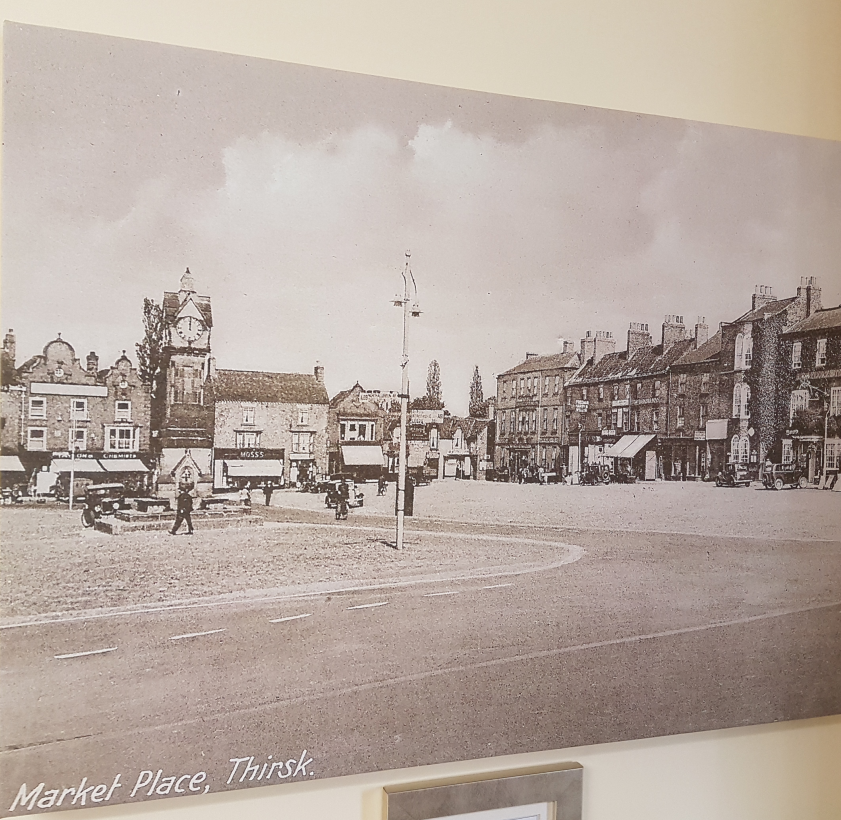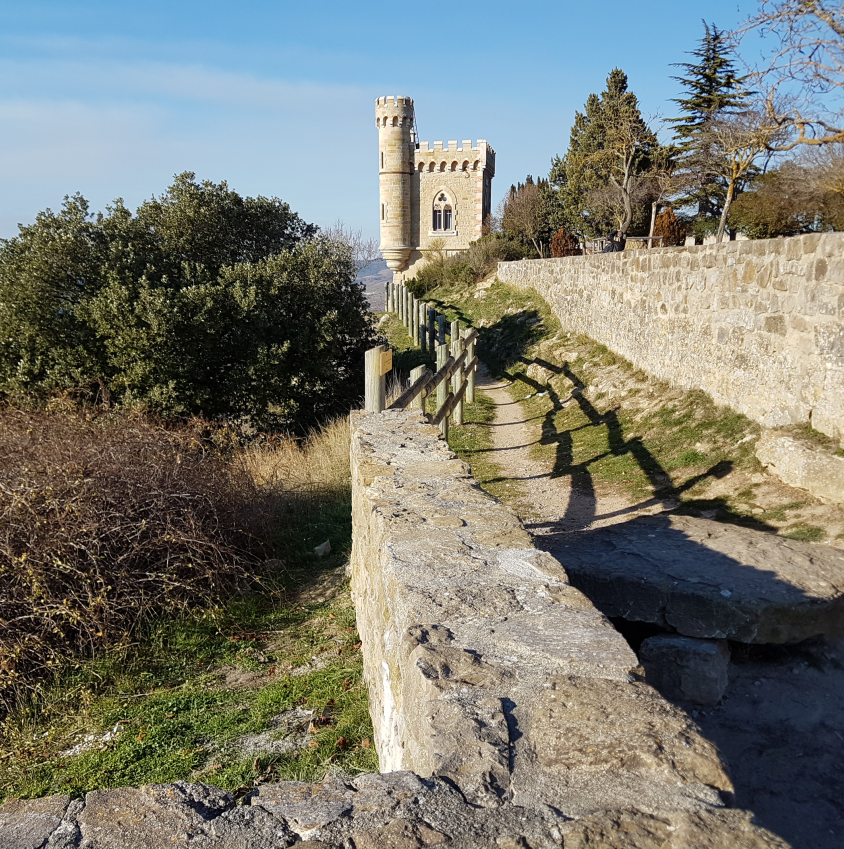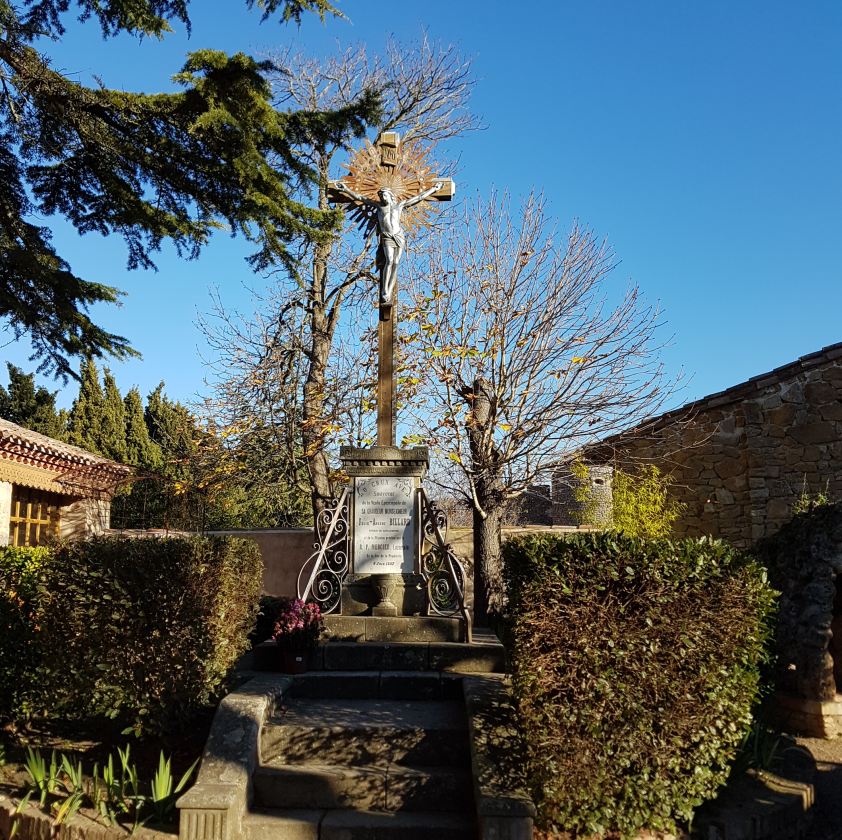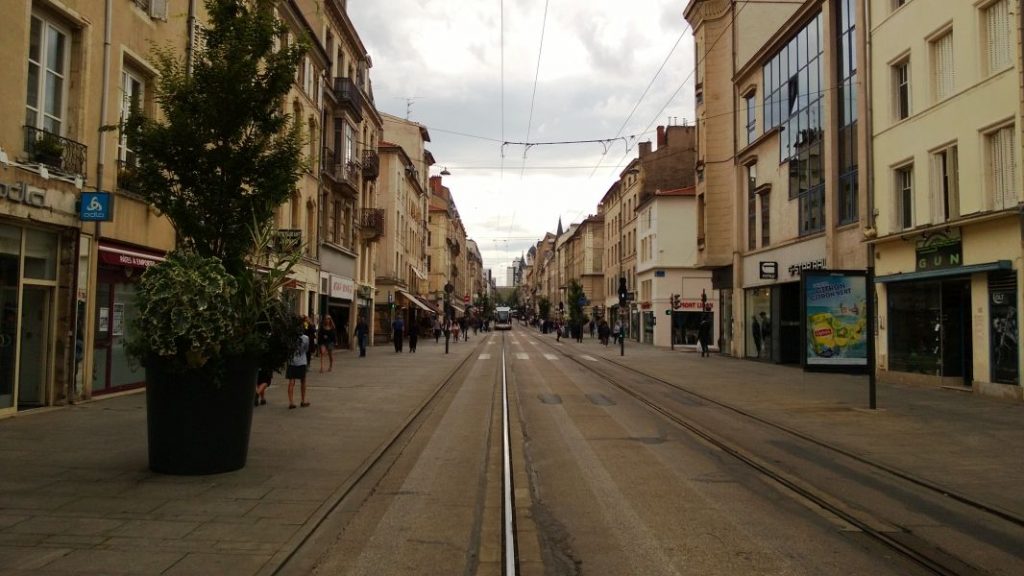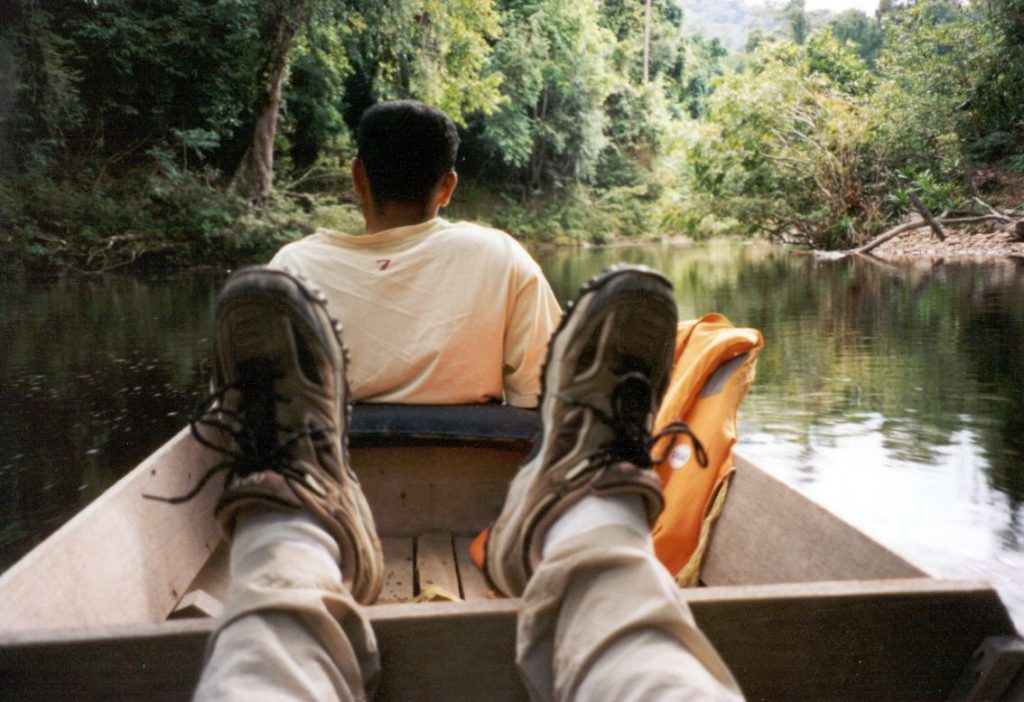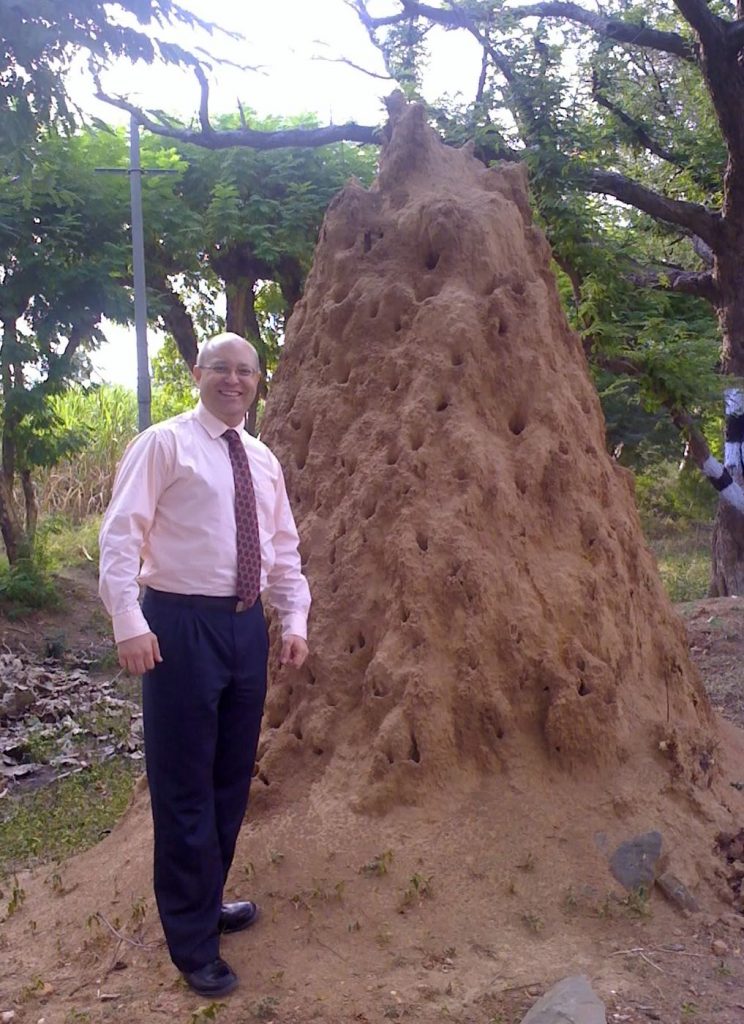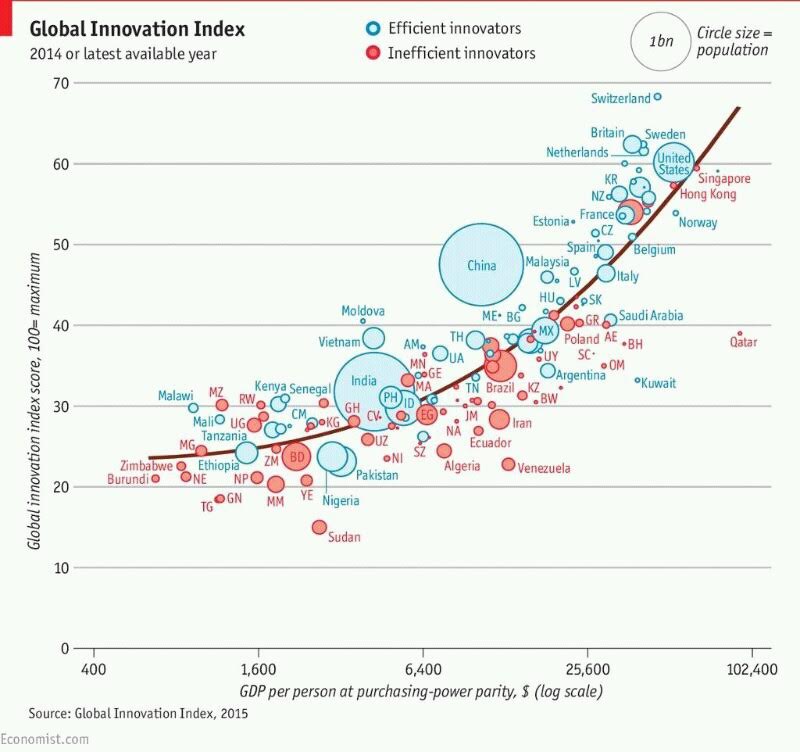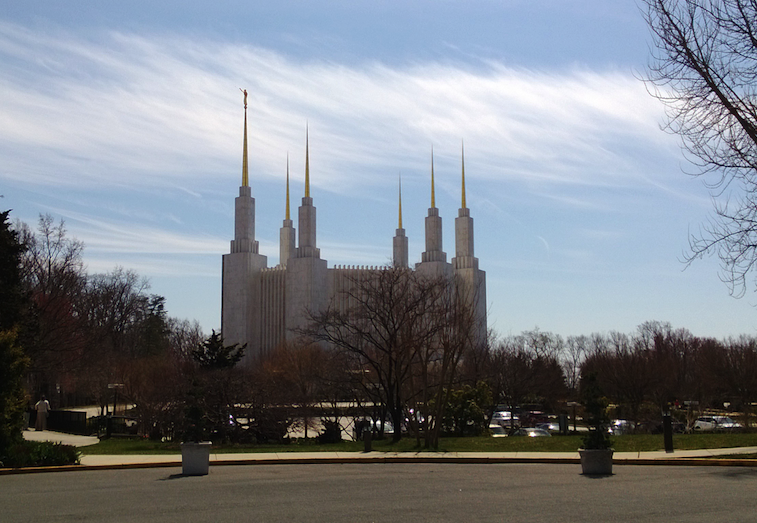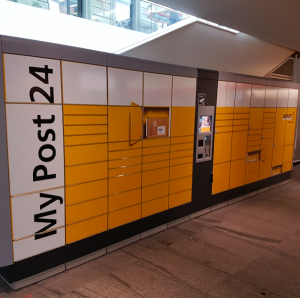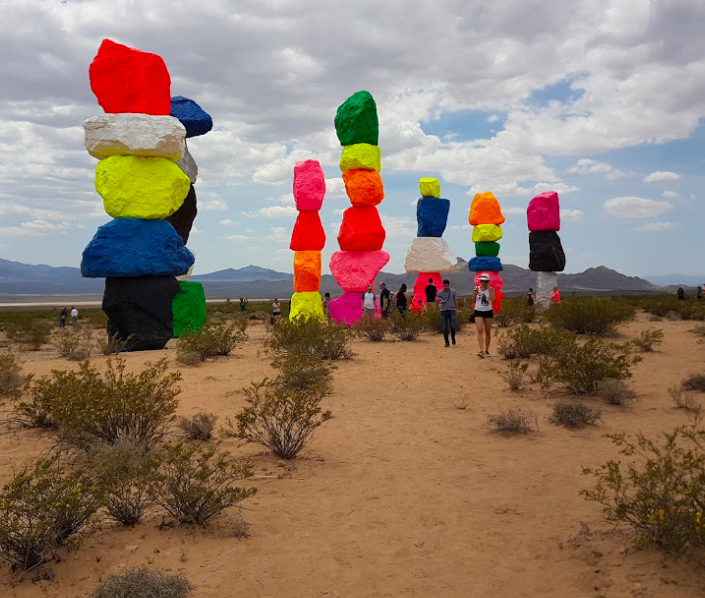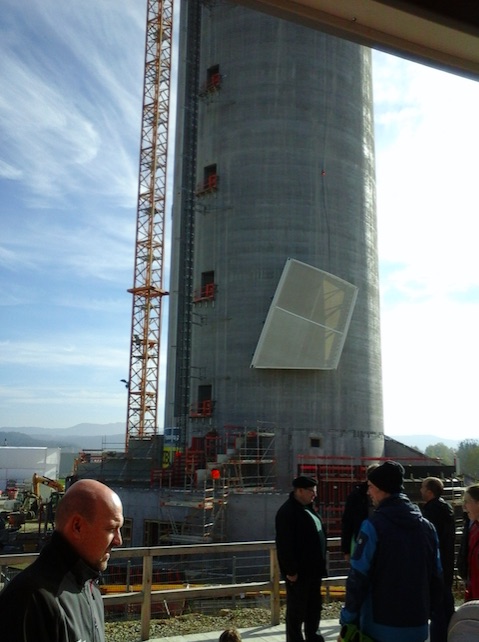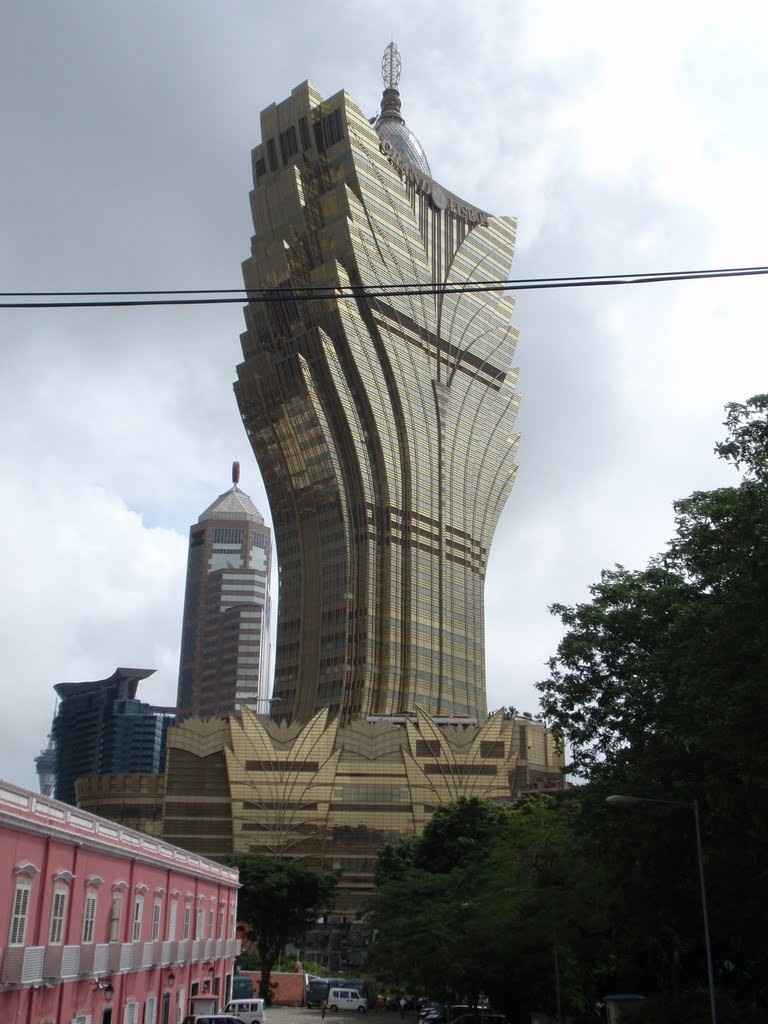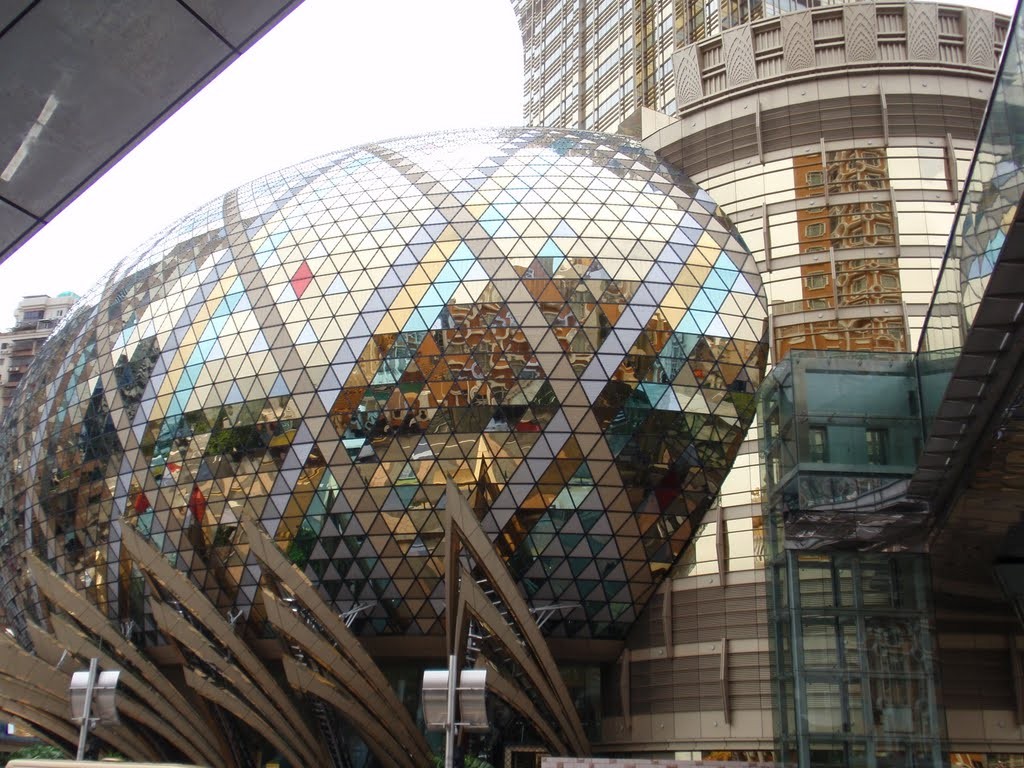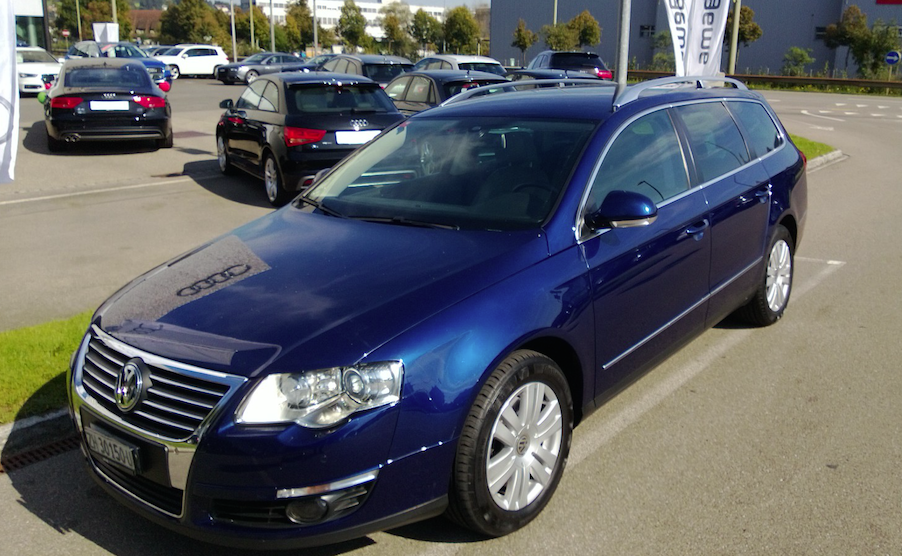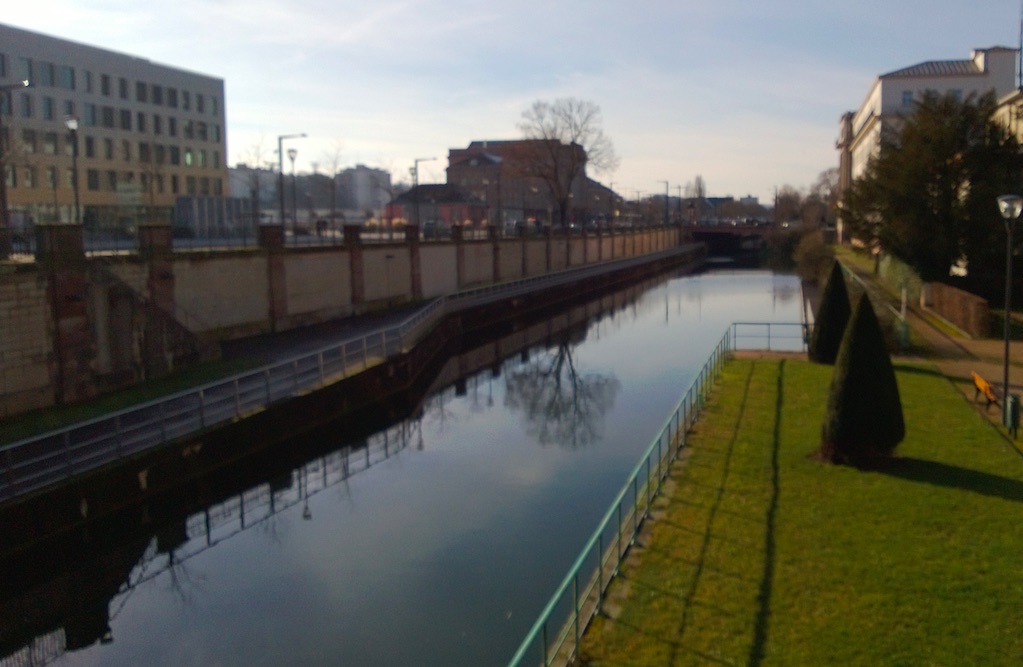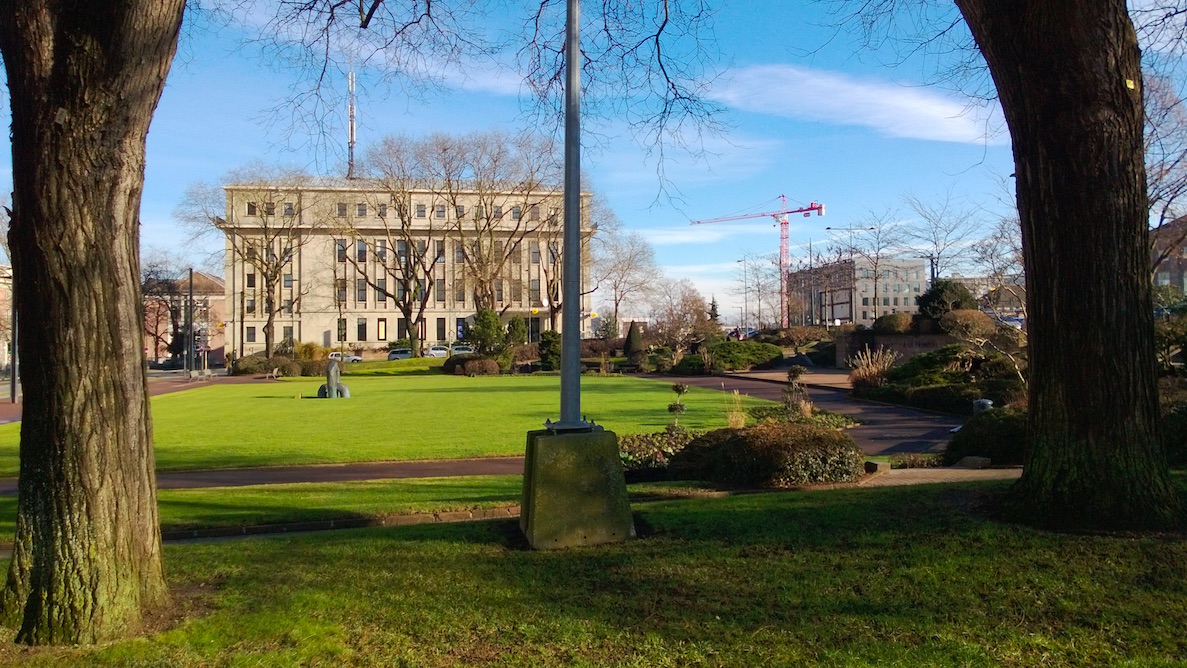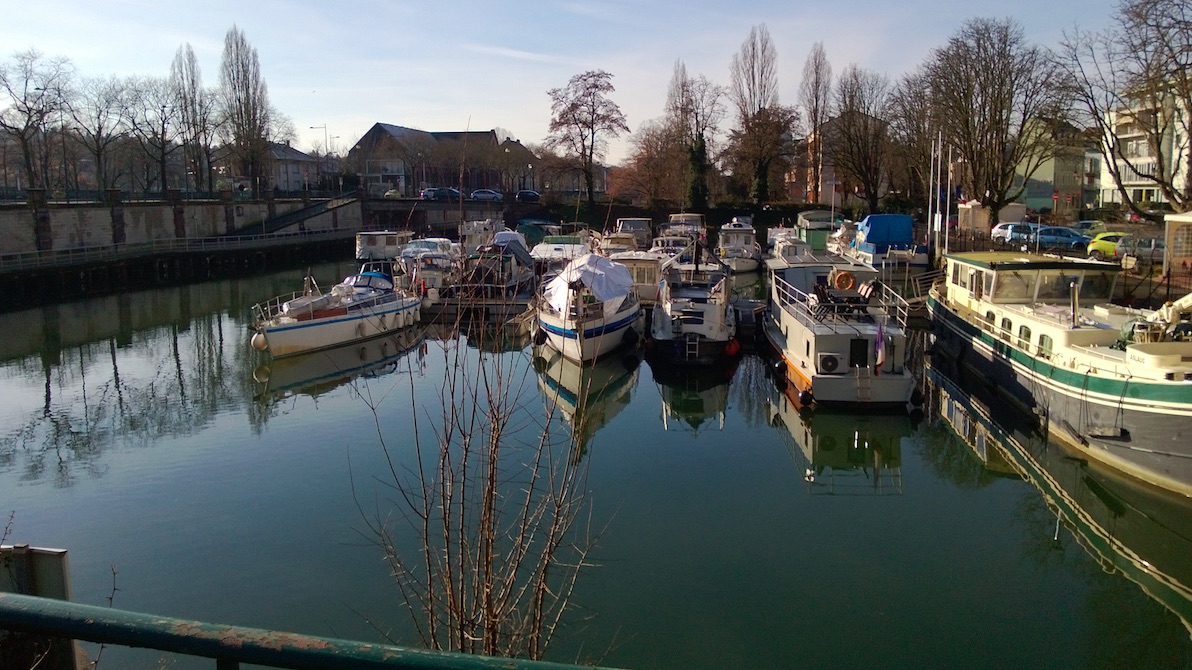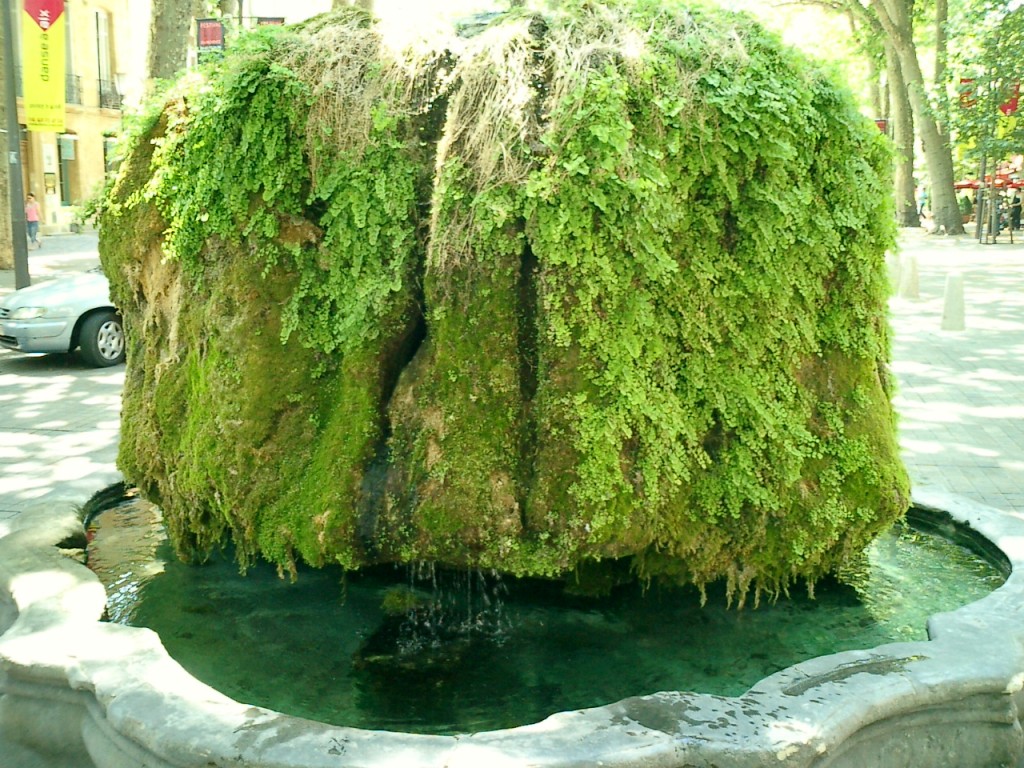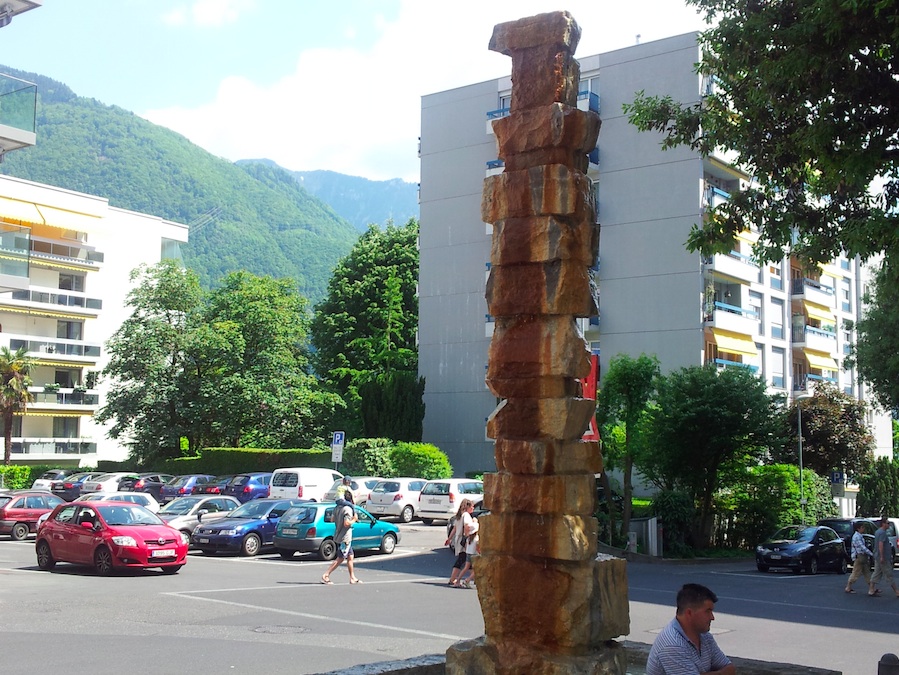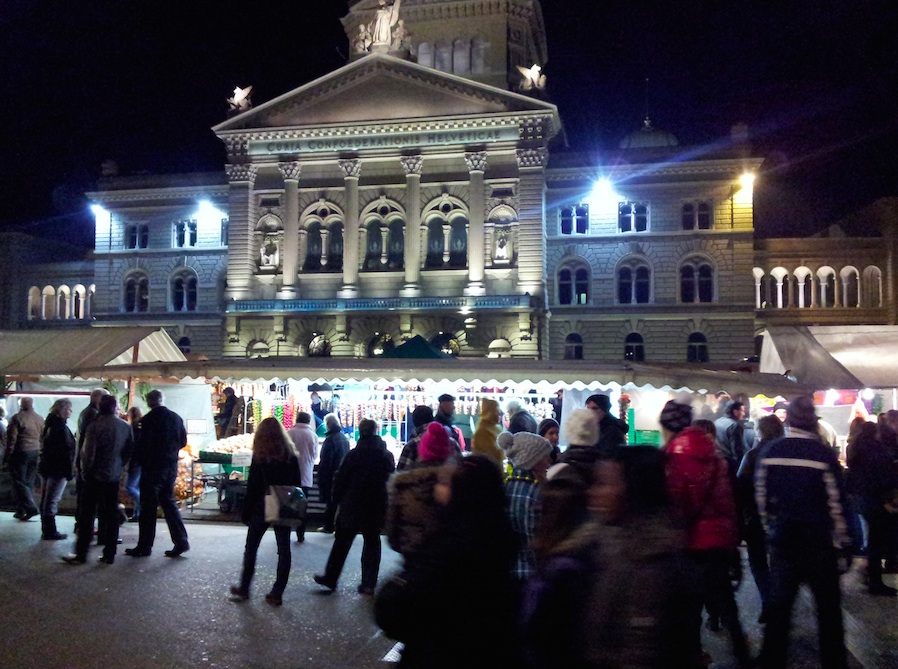For a long time I have had an idea about how viral pathogens may have contributed to the development of human intelligence.
This is a picture of the vericella zoster virus:

This is a picture of herpes simplex virus:
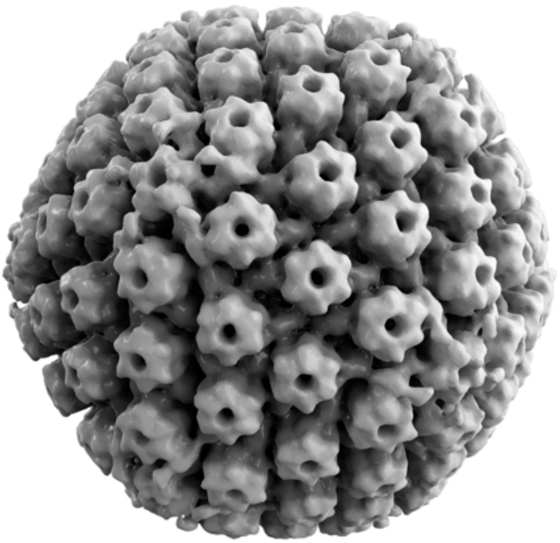
Once you are infected with either of these viruses, and after the initial infection subsides, the virus will retreat but continue to live dormant in your nerve cells.
Here’s the truly amazing part: these dormant viruses are sensitive your to emotional mood! After infection, at times of emotional stress, both viruses can re-emerge and become infectious again: vericella zoster expresses itself as shingles, an intensely painful disease; and herpes can again erupt and cause severe skin eruptions and infections of the mucous membranes.
So . . . think about what affect these diseases might have had on our ancestors, tens of thousands of years ago? If the early precursors of these diseases were more severe and had a higher mortality (as they usually do), then these viruses might have had a significant impact on the development of human intelligence: those people who were more intelligent and could think more rationally would be better able to control their stress, so they could inhibit these diseases, live longer and produce more offspring; those people who were less intelligent and could think less rationally would be less able to control their stress, so they would be more likely to be re-infected and therefore removed from the breeding population.
Succinctly put, my hypothesis is this: these viruses may have been a driving force that helped shape the development of human intelligence, or possibly favor one species (such as homo sapiens) over another (such as homo neanderthalensis).
Of course, I am a physicist by training, not an evolutionary biologist – so this idea is purely speculation on my part. I’ve tried discussing it with two professors of evolutionary biology, including a very famous professor at Stanford – and unfortunately, they seemed (much) less enthralled by the idea than I am. Since the effects of these viruses are mainly in human flesh and not bones, it is doubtful the archaeological record could provide much elucidation.
